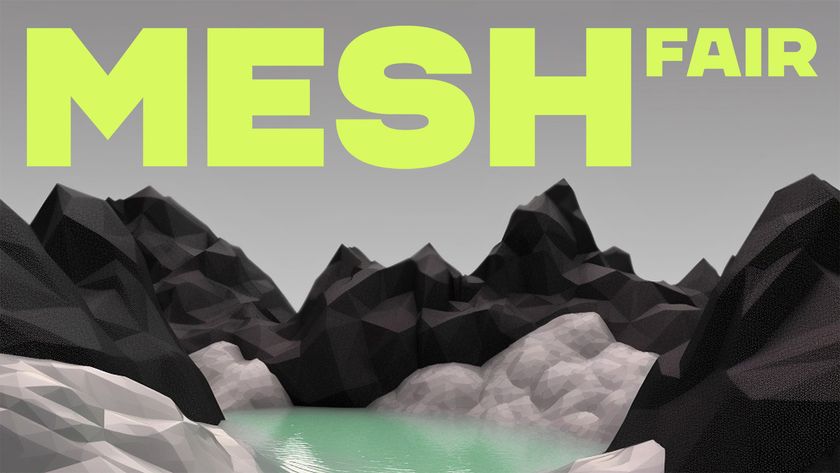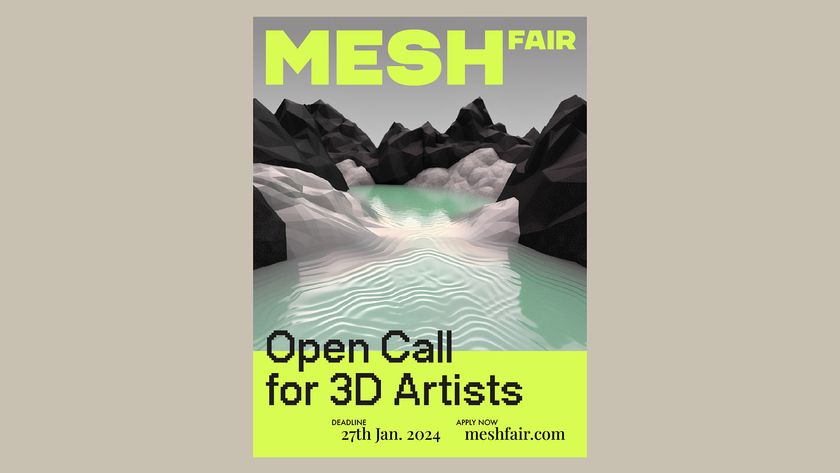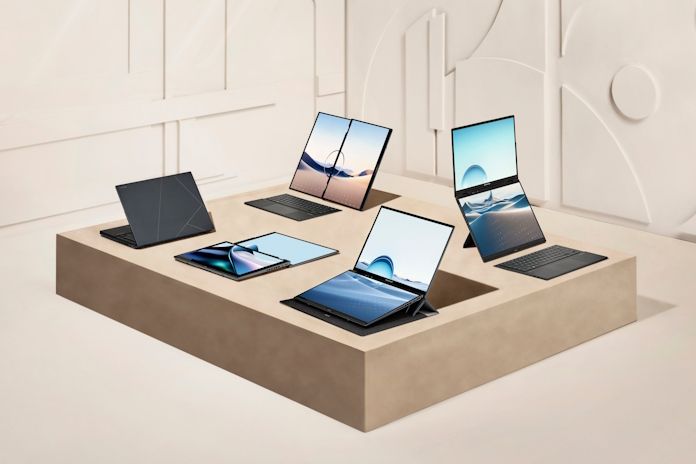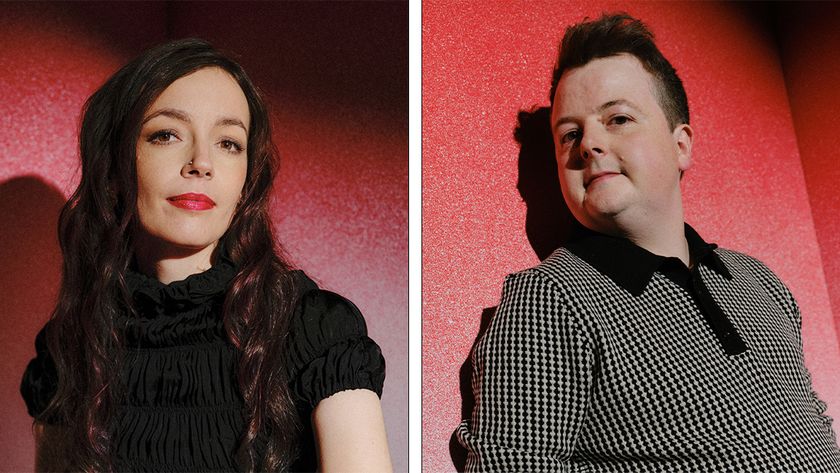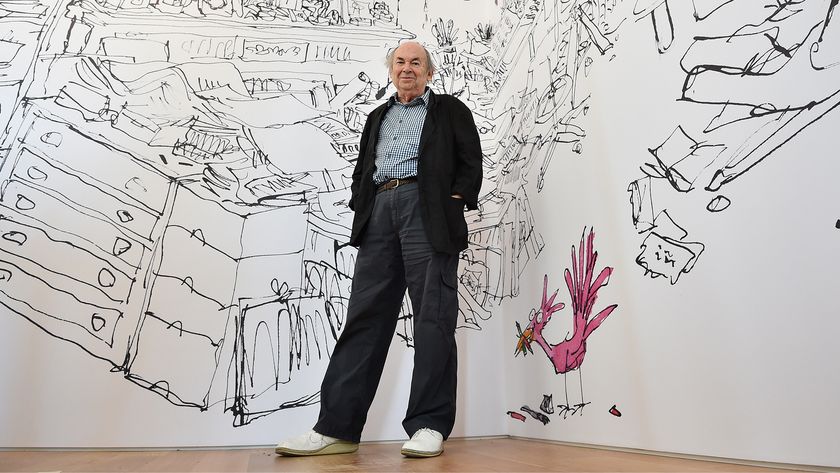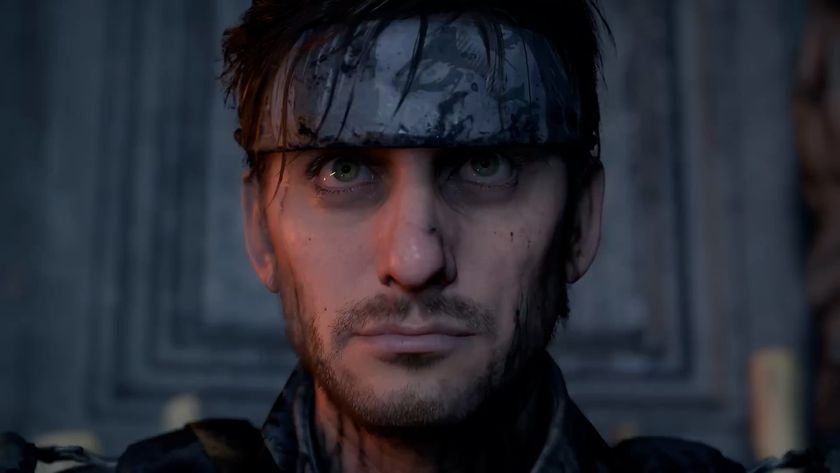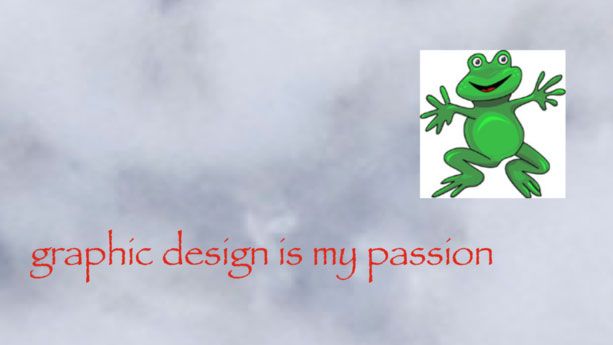
This article is brought to you in association with Masters of CG, a new competition that offers the chance to work with one of 2000AD's most iconic characters. There are big prizes to be won, so enter today!
Last year, HP brought the UK's animators and 3D artists together at HP ZED, a special 'pop-up studio' in London's Soho. The space was such a success that last week, HP brought ZED to Paris, and the city's thriving animation, 3D and visual effects community thrilled to a series of talks from some of the leading lights in the industry.
One of the star attractions was Pixar's Saschka Unseld, director of The Blue Umbrella, the photorealistic short that preceded Monsters University on its cinema release. He gave an inspiring speech in which he urged the audience to "do things for no reason".
"It’s important to sit at home on evening and play around with the computer," he argued, pointing to a double standard in that we admire an illustrator who sits at home sketching out abstract ideas, but a 3D artist is not encouraged to do the same thing with pixels.
Unlocking creativity at Pixar
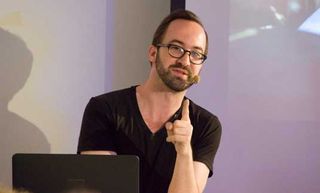
For Unseld, though, doing random things for fun is the key to unlocking your creativity, whatever your discipline. And that's exactly how The Blue Umbrella came about, he explained. One day he saw a broken umbrella lying in the street and - despite it being an inanimate object - felt strangely sorry for it.
"That moment was strong enough to stick in my memory," he added. "Half a year later I had some spare time at home and just played around a bit and made an animation of some umbrellas just for the heck of it." There was no story to it - "just umbrellas" - but the idea was strong enough that it eventually led to one of Pixar's most critically acclaimed shorts.
"At Pixar the shorts are used as kind of a testing ground to test out new technology," he revealed, and he went on to give some fascinating insights into the creation of The Blue Umbrella, from its use of physical based lighting, to the work in Nuke ("there is very little compositing at Pixar but I used tons of it because I wanted a more painterly look") to the dumbfounded expressions that met him when requested his team create "different kinds of rain - rain that feels romantic, rain that feels really uncomfortable, normal rain, and so on".
Get the Creative Bloq Newsletter
Daily design news, reviews, how-tos and more, as picked by the editors.
Innovation at The Mill

Another eagerly anticipated highlight of HP ZED Paris was a talk by Hugo Guerra, VFX Supervisor at The Mill, one of the world's biggest visual effects companies. He gave an intriguing insight into the range of activities The Mill is involved in, including not just movies, but commercials, game cinematics, UI design, IA, visual design and more.
He was particularly enthusiastic about the company's new creative studio Mill+. "It's our starting point to bring the Mill’s brand forward as a place where we do animation, we do directorial, we do concept, we produce entire productions inside the Mill with our own in-house directors," he explained.
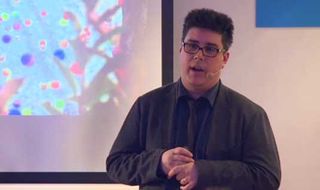
He chatted about some of the big-ticket work The Mill has been involved in, including its work for the Oscars, which involved delivering the entire package, including visual design, posters, motion graphics. Interestingly, he revealed, this was one job that The Mill didn't have to bid for: "The Academy don't invite bids for this work, they came to us," he explained. "It's kind of an honour."
Other new projects Guerra showcased included Mill Touch - a giant high luminance touchscreen to showcase all the company's work to clients - and an incredible 360-degree, holographic projection for a Max Mara fashion show.
"That was a really big production for us," he said. "We did that entirely comped in Nuke and processed in Hero, and it was a massive, massive scale projection. It was a 12K projection system so it was basically a 12K comp." But the results were worth it: "When you were there, you couldn’t really tell who was the hologram and who were the models that were real," he smiled.
Zombie creation
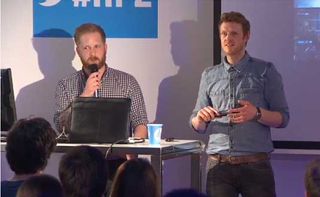
Two leading artists from two big VFX studios - James Stone of Cinesite and Dan Mason of Framestore - came together at HP ZED to give an eye-opening masterclass on texturing and sculpting.
Both had worked on zombie blockbuster World War Z and they went through the modelling process of creating a zombie in detail, followed by an audience question and answer session at the end.
Aside from the technical and artistic insights, there were some entertaining anecdotes, such as the fact that the bloodiest zombies had to be redesigned to ensure the movie could get a PG-13 certificate in the USA - including giving them black and not red blood.
View from The Third Floor
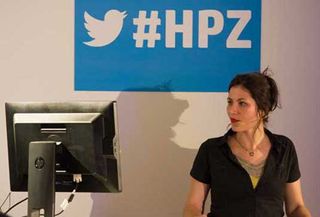
Another company attendees at HP ZED Paris were keen to hear from was The Third Floor, a company specialising in previsualisation, whose work was discussed by lead previs artist Margaux Durand-Rival.
She explained how the company was born when George Lucas requested previs work for Episode III of Star Wars, and so installed a group of artists on the third floor of his Skywalker Ranch so he could work closely with them. Since then the company has grown to have branches in London, Los Angeles and Montreal, and now covers film, video games, animated films and TV, commercials, theme parks and events.
Durand-Rival gave a fascinating insight into this early stage of the film production process, explaining the differences between pitchvis, D-vis, previs, on-set vis and postvis, as well as looking at the different roles of the art dept, previs asset builders, storyboard artists, previs shot creators and previs editor.
New and evolving software
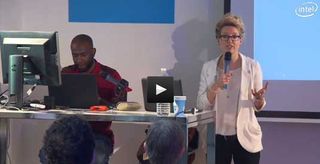
As well as animators and 3D artists, there were a number of talks and workshops at HP ZED given by the industry's leading software providers.
There was a huge buzz surrounding a session given by Zoe Williams, Courtney Pryce and Jack Greasley of The Foundry, coming just days after the company announced it would be combining Nuke and Hero in a new tool called Nuke Studio.
Although this is still a work in progress, there was a demo showing how it will look and function, and Courtney Pryce offered an insightful and incisive look at the ways Hero and Nuke already work together. The basics of this functionality would be carried over to Nuke Studio, he emphasised - "but it also has an integrated compositor inside the same system as well. It’s going to be a very robust powerful system when we finally get it to ship."
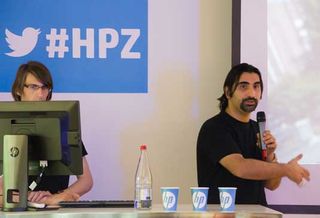
Another enlightening session came from Isotropix on the latest version of its Clarisse IFX. This clever software enables you to work on huge scenes with billions of polygons, Sam Assadian and Yann Couderc explained. That's because instead of displaying scenes in OpenGL, Clarisse uses its own rendering engine - so there is no need to use proxies, and no transfer time to the renderer in the final report.
There was also an eye-opening talk from Autodesk, who showcased the new opportunities offered by the 2015 versions of 3DS Max, Maya, Mudbox, Sketchbook and MotionBuilder. Plus HP and Progriss got together to present a fascinating session for students, entitled 'Pixels, processing and precision'. This enabled attendees to learn more about the latest technological developments in the industry and the use of advanced techniques to create work exploiting their talents.
Crossing the generations
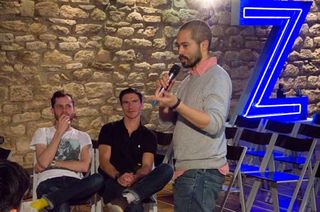
Of course, a week of audiovisual events wouldn't be complete without a creative collaboration, and this was provided by Cut&Paste, which brought together three of Paris's biggest animation studios, working in 'Exquisite Corpse' format to animate the lineage of a French family of characters that spanned generations.
Each studio took on one period of French history, with the French revolution being covered by Kippik, Blackmeal taking on the May 1968 student riots and a present day scene being animated by Studio Gustave. The results speak for themselves, and you can watch them in the video below:
Behind the scenes: In pictures
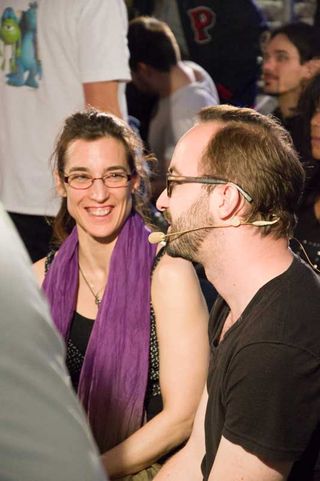

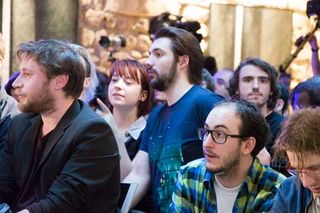
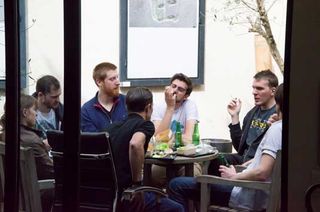
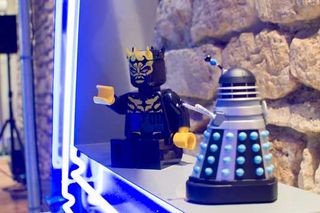
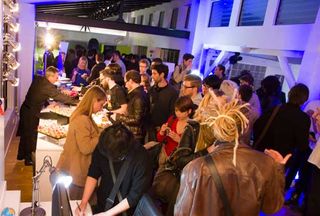
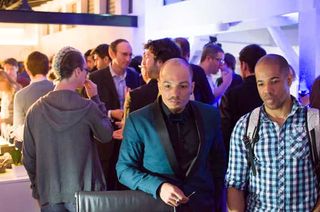
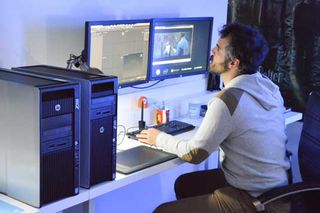
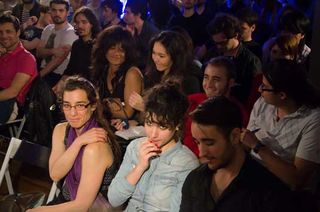
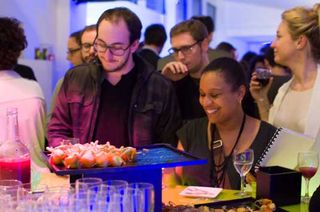
Win a trip to Los Angeles!
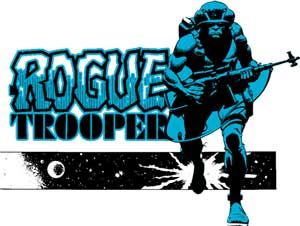
Masters of CG is a competition for EU residents that offers the one-in-a-lifetime chance to work with one of 2000AD's most iconic characters: Rogue Trooper.
We invite you to form a team (of up to four participants) and tackle as many of our four categories as you wish - Title Sequence, Main Shots, Film Poster or Idents. For full details of how to enter and to get your Competition Information Pack, head to the Masters of CG website now.
Enter the competition today!

Thank you for reading 5 articles this month* Join now for unlimited access
Enjoy your first month for just £1 / $1 / €1
*Read 5 free articles per month without a subscription

Join now for unlimited access
Try first month for just £1 / $1 / €1
Tom May is an award-winning journalist and editor specialising in design, photography and technology. Author of the Amazon #1 bestseller Great TED Talks: Creativity, published by Pavilion Books, Tom was previously editor of Professional Photography magazine, associate editor at Creative Bloq, and deputy editor at net magazine. Today, he is a regular contributor to Creative Bloq and its sister sites Digital Camera World, T3.com and Tech Radar. He also writes for Creative Boom and works on content marketing projects.
